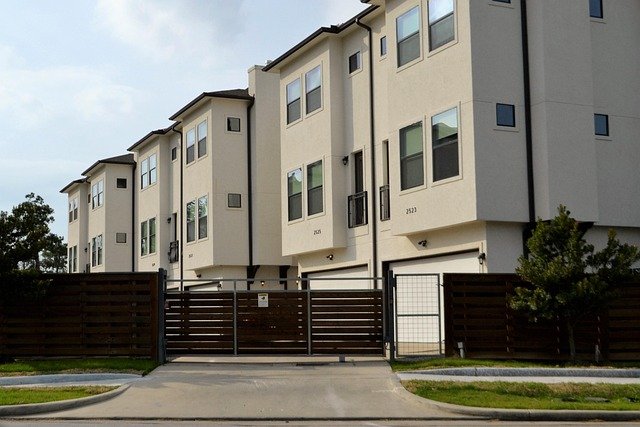Micro-Unit Developments: The Future of Urban Living
In a world where urban populations continue to soar and living space becomes increasingly scarce, a new trend is reshaping the landscape of city living: micro-unit developments. These compact living spaces, typically ranging from 200 to 400 square feet, are gaining traction as a solution to housing shortages and affordability issues in major metropolitan areas. As real estate prices climb and city dwellers seek efficient, well-located homes, micro-units are emerging as a viable alternative to traditional apartments, offering a blend of affordability, functionality, and prime locations.

Addressing Urban Housing Challenges
The proliferation of micro-units is largely driven by the need to address pressing urban housing challenges. As cities grapple with population growth and limited land availability, traditional housing models struggle to keep pace. Micro-units offer a way to increase housing density without sacrificing prime locations. By fitting more units into a single building, developers can offer more affordable options in desirable neighborhoods, potentially easing the strain on overheated housing markets.
Design Innovations in Micro-Living
Architects and designers are rising to the challenge of creating livable spaces within minimal square footage. The key to successful micro-unit design lies in maximizing functionality and creating a sense of spaciousness. This has led to innovative solutions such as murphy beds that transform into desks during the day, sliding walls that can reconfigure spaces, and built-in storage systems that utilize every nook and cranny. High ceilings, large windows, and thoughtful color schemes are also employed to create an illusion of more space.
The Financial Appeal of Micro-Units
From an investment perspective, micro-units present an intriguing opportunity. For developers, these projects can yield higher returns per square foot compared to traditional apartments. The ability to fit more units into a building footprint can lead to increased rental income. For renters, micro-units offer a more affordable entry point into desirable neighborhoods that might otherwise be out of reach. This financial dynamic is particularly appealing to young professionals, students, and those looking to minimize their living expenses in expensive urban areas.
Demographic Shifts and Changing Lifestyles
The rise of micro-units aligns with broader demographic shifts and changing lifestyle preferences. Millennials and Gen Z, in particular, are showing a preference for experiences over possessions, prioritizing location and amenities over living space. Many are willing to trade square footage for the ability to live in vibrant urban centers close to work, entertainment, and cultural attractions. Additionally, the trend towards later marriages and smaller households means that there is a growing market for smaller living spaces.
Challenges and Criticisms of Micro-Living
Despite their potential benefits, micro-units are not without their critics. Some argue that these developments may lead to a lower quality of life, potential health issues due to cramped living conditions, and the erosion of community spaces within buildings. There are also concerns about the long-term sustainability of micro-living and whether it’s a viable solution for families or those who work from home. Zoning laws and building codes in many cities are still catching up to this new housing model, presenting regulatory challenges for developers.
The Future Outlook for Micro-Unit Developments
As urban populations continue to grow and housing affordability remains a pressing issue, micro-units are likely to play an increasingly significant role in the real estate landscape. The success of these developments will depend on thoughtful design, integration with community spaces, and the ability to adapt to changing resident needs. Future iterations may see the incorporation of more shared amenities, flexible layouts, and smart home technologies to enhance the living experience.
In conclusion, micro-unit developments represent a bold reimagining of urban living, offering a potential solution to some of the most pressing housing challenges faced by cities today. While not without their controversies, these compact living spaces are carving out a niche in the real estate market, appealing to a segment of the population that values location and affordability over square footage. As this trend evolves, it will be crucial for developers, policymakers, and urban planners to work together to ensure that micro-living contributes positively to the urban fabric and quality of life for residents.





